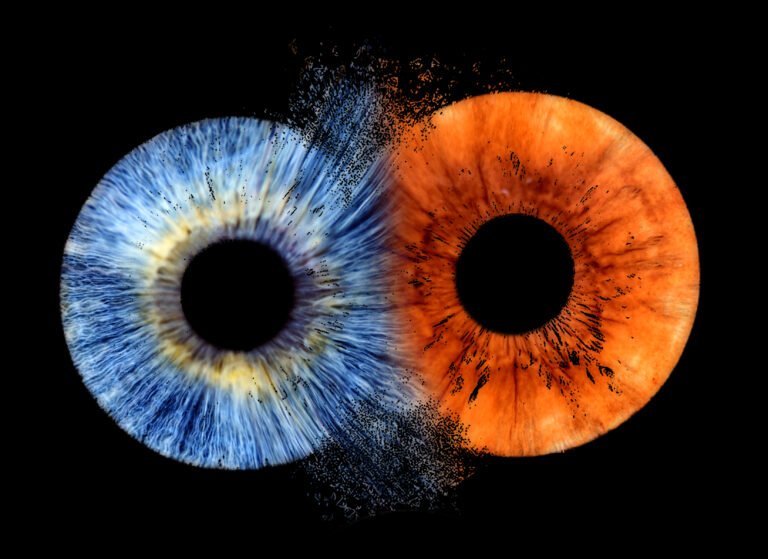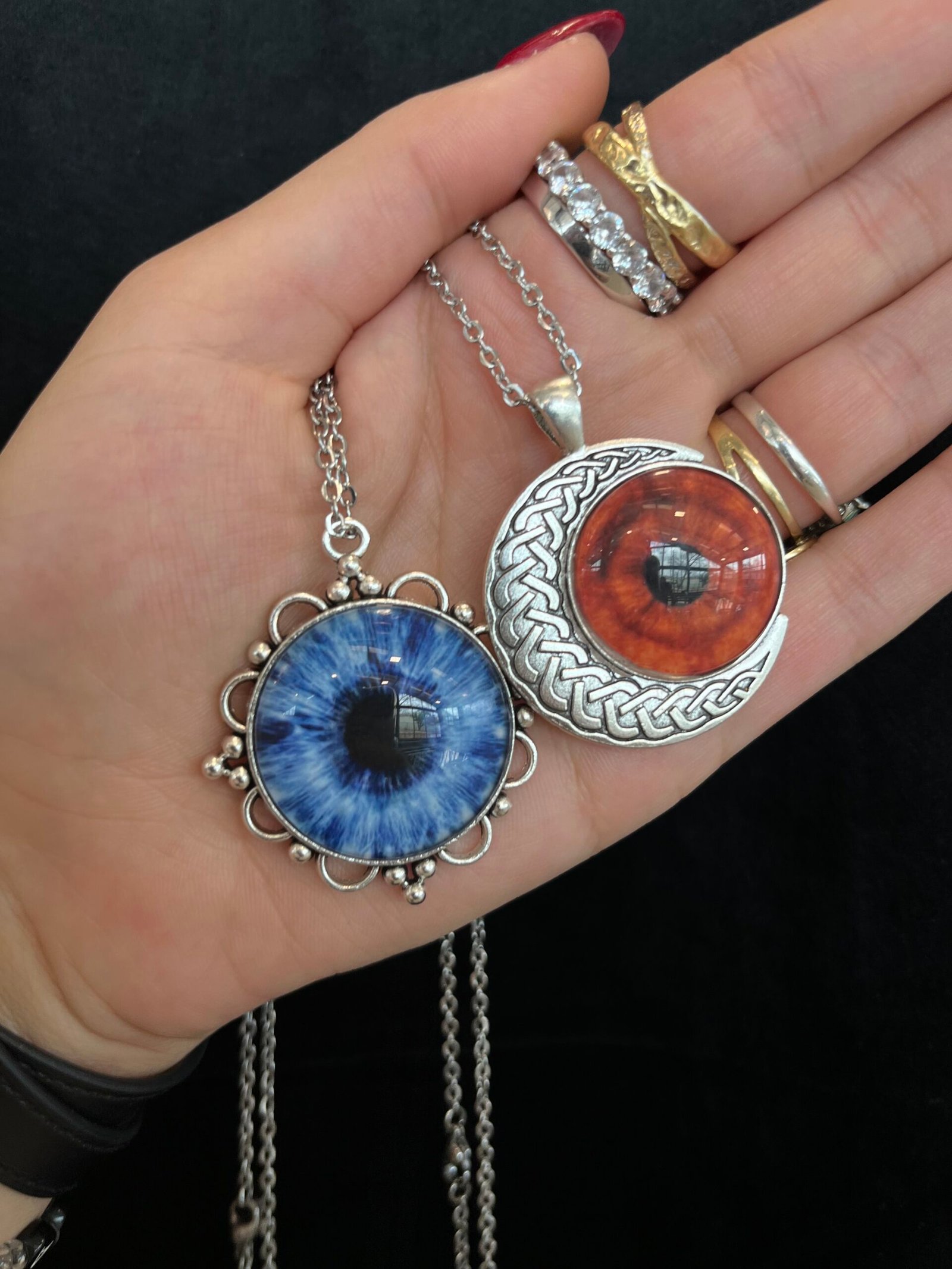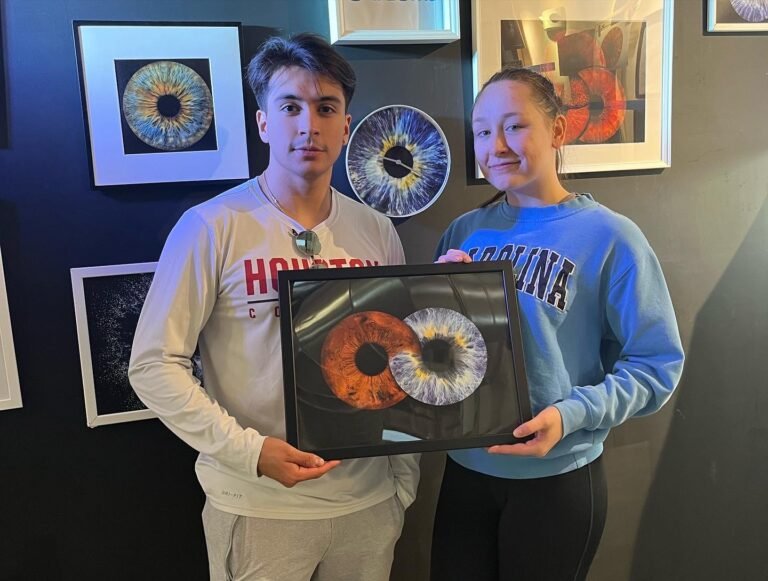
Blogs

IRIS Photography Be Used for Identity Theft? Exploring the Risks and Realities
As IRIS photography continues to gain popularity as a unique art form and thoughtful gift, questions have arisen about its potential misuse. Specifically, can the high-resolution images of irises captured for artistic purposes pose a risk of identity theft? While concerns about biometric data and personal privacy are valid, it is essential to understand the distinct differences between IRIS photography and biometric iris scanning used in security systems.
Understanding IRIS Photography vs. Biometric Iris Scanning
- Artistic vs. Functional Use:
- IRIS photography is an artistic endeavor. The images captured are stylized, enhanced, and often altered to highlight the intricate patterns and colors of the iris, making them unsuitable for biometric recognition.
- Biometric iris scanning, on the other hand, relies on precise, unaltered imaging of the iris to map its unique features for identification and authentication.
- Lack of Standardization:
- IRIS photography does not adhere to the strict standards required for biometric applications. Variations in lighting, angle, and resolution mean these images cannot typically be used for security purposes.
Privacy and Data Security in IRIS Photography
While the risk of identity theft from IRIS photography is minimal, the handling of the images and associated data plays a critical role in ensuring privacy. Here are some key considerations:
- Data Handling Practices:
- Reputable IRIS photography services should have robust privacy policies, including secure storage and limited use of captured images.
- Customers should inquire about how their images will be used, stored, and shared.
- Public Sharing Risks:
- If high-resolution, unaltered iris images are shared publicly, they could theoretically be used inappropriately if paired with sensitive personal information. However, such scenarios are unlikely given the artistic nature of IRIS photography.
- No Linking to Sensitive Data:
- Unlike biometric systems that integrate with personal identification systems, IRIS photography does not collect or link iris images to sensitive data such as social security numbers or financial accounts.
How to Mitigate Risks
- Choose Trusted Providers: Ensure you work with reputable IRIS photography businesses that prioritize customer privacy and follow ethical data handling practices.
- Limit Public Sharing: Avoid sharing raw or high-resolution images of your iris on public platforms.
- Clarify Data Use: Before engaging with a service, confirm how your iris images will be used, whether they will be stored, and for how long.
The Bottom Line
The risk of identity theft through IRIS photography is exceedingly low. The images captured for artistic purposes differ significantly from those used in biometric systems. By choosing a trusted provider and being mindful of how your images are shared, you can enjoy the beauty and uniqueness of IRIS photography without compromising your security.
Conclusion
IRIS photography offers a creative and meaningful way to celebrate individuality and create stunning works of art. While questions about identity theft are understandable, the differences between artistic and biometric uses of iris imagery ensure that this art form is safe when accompanied by responsible practices. Enjoy the magic of IRIS photography with confidence, knowing that its purpose is to capture beauty, not compromise security.
blog
related articles
Explore our related articles for tips, stories, and creative ideas about personalized iris art, gifting, and home decor. Stay inspired and informed with our latest blog updates!


Discover the Fascinating World of IRIS Photography

